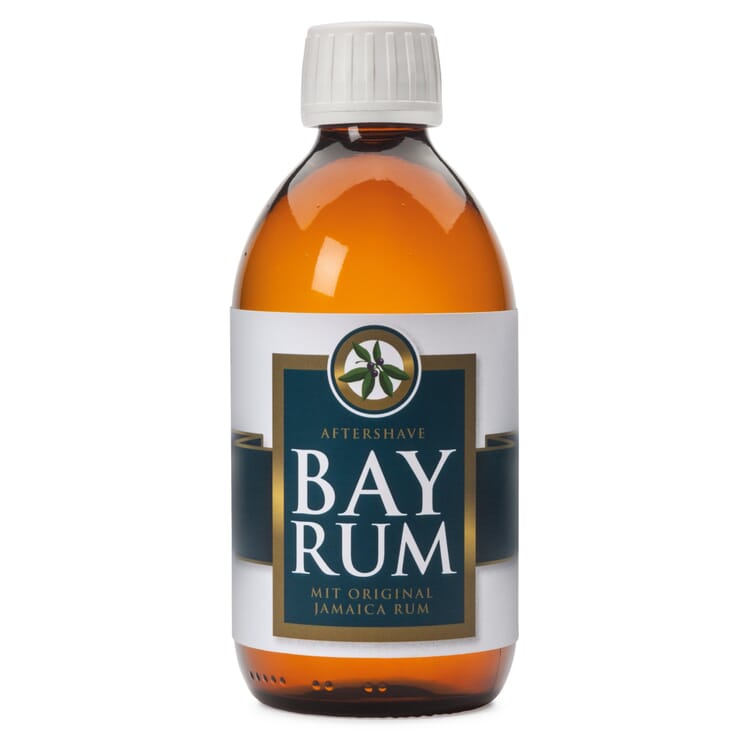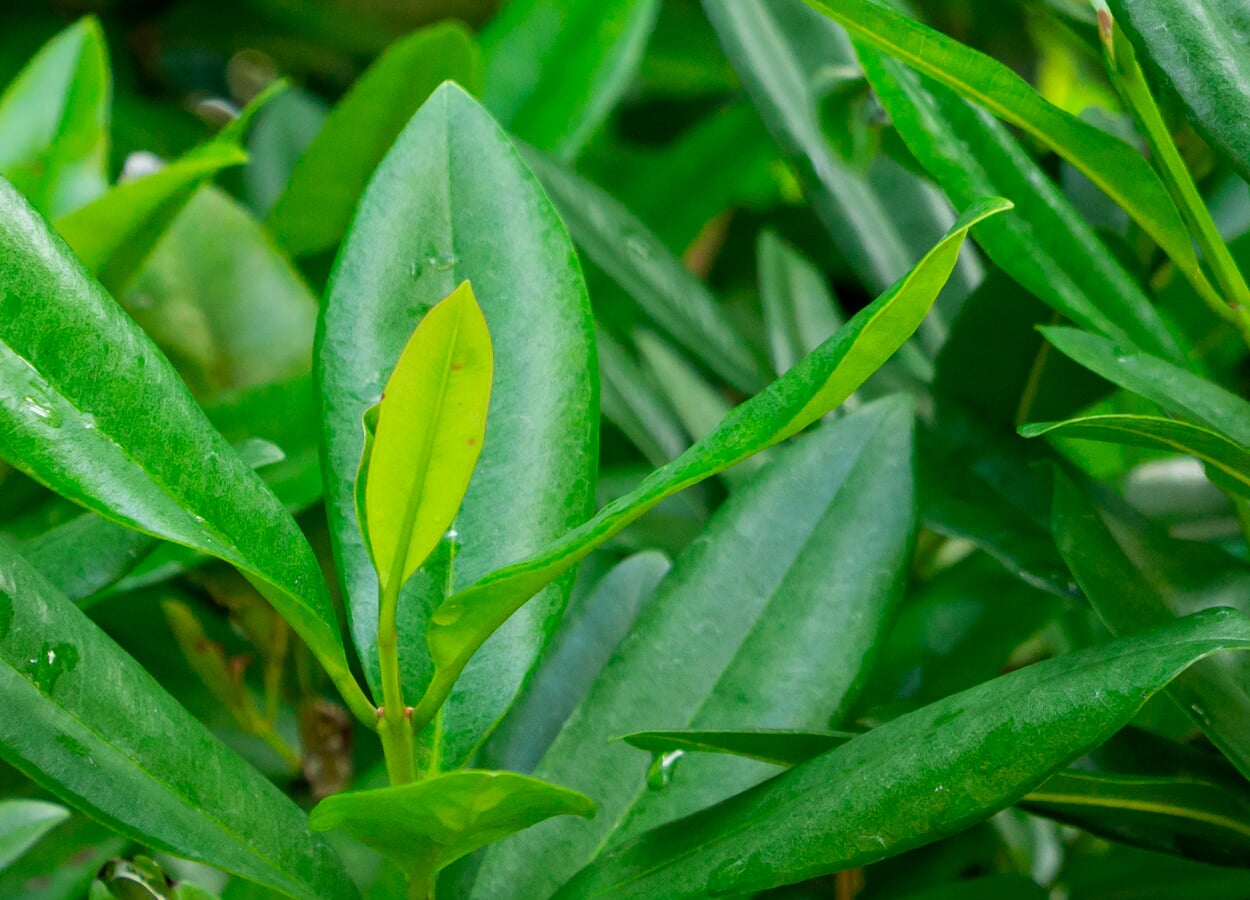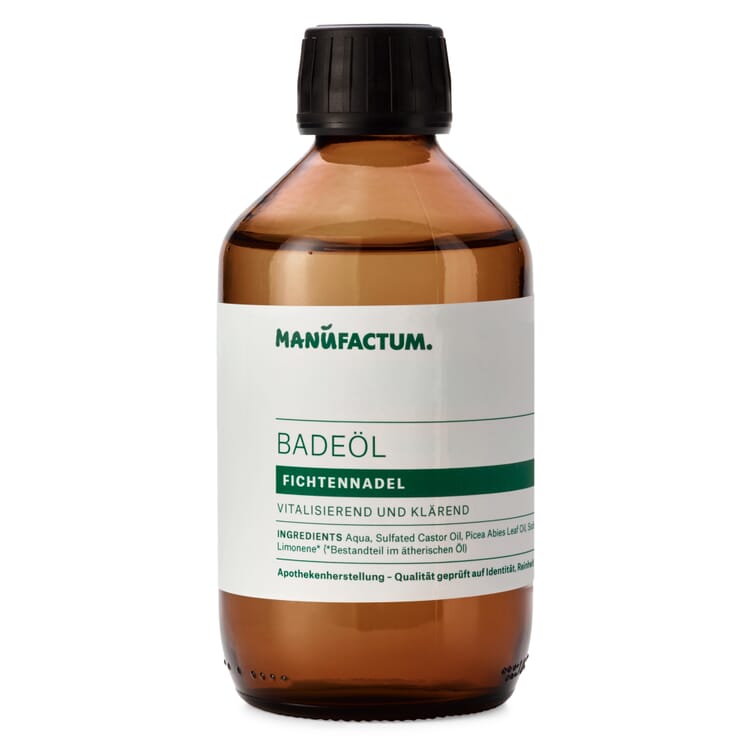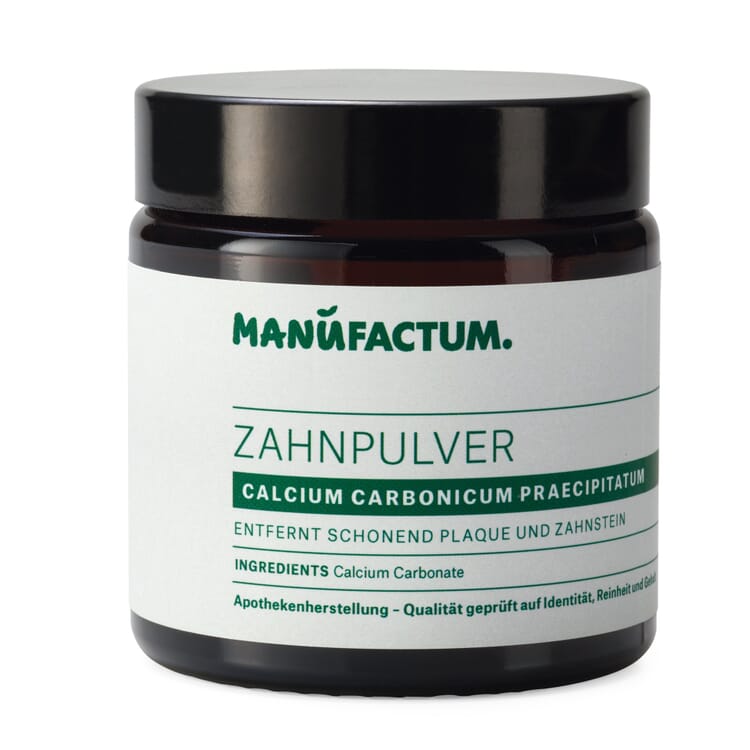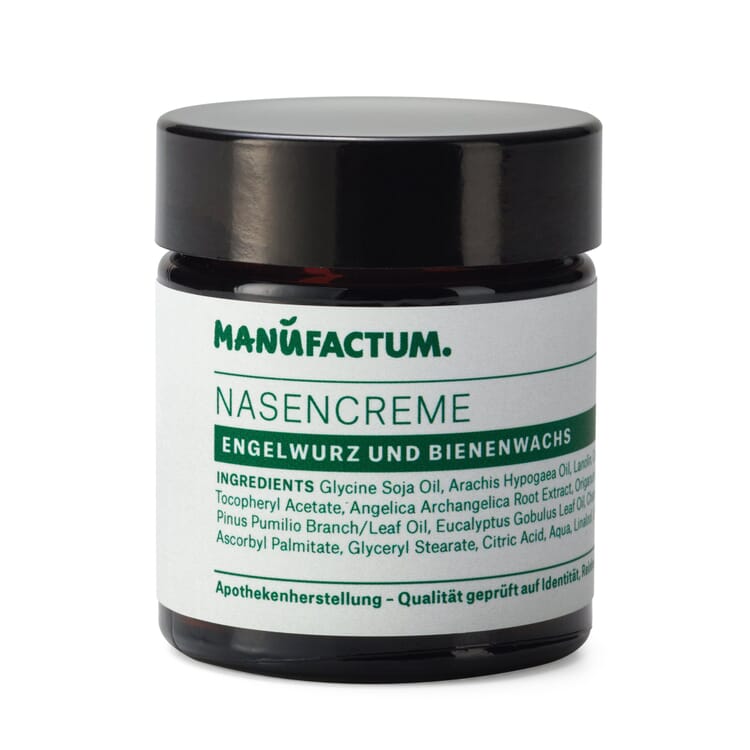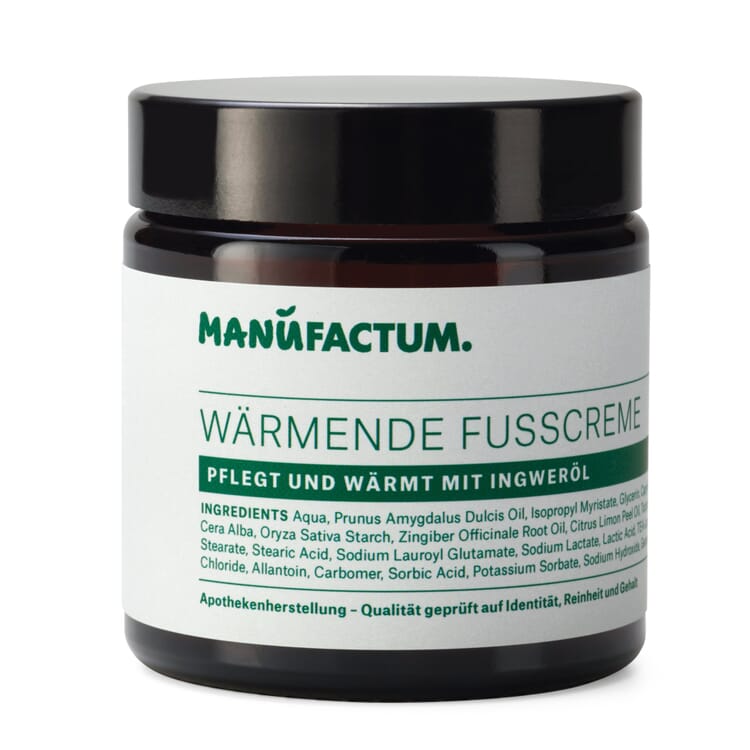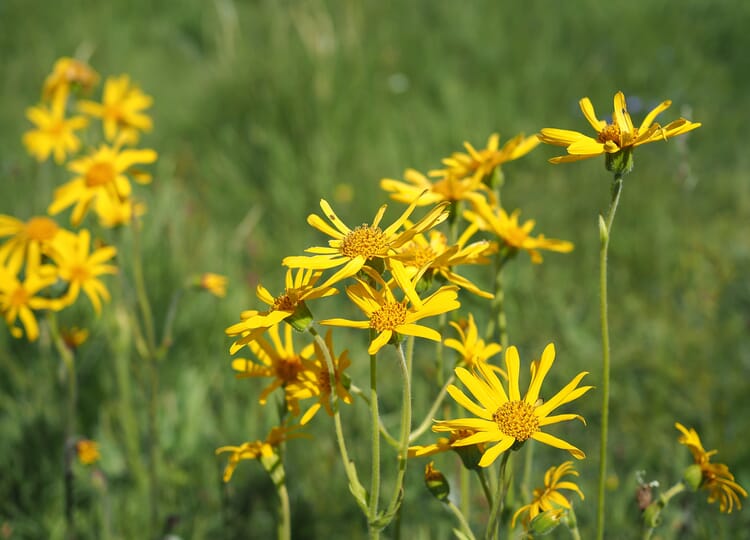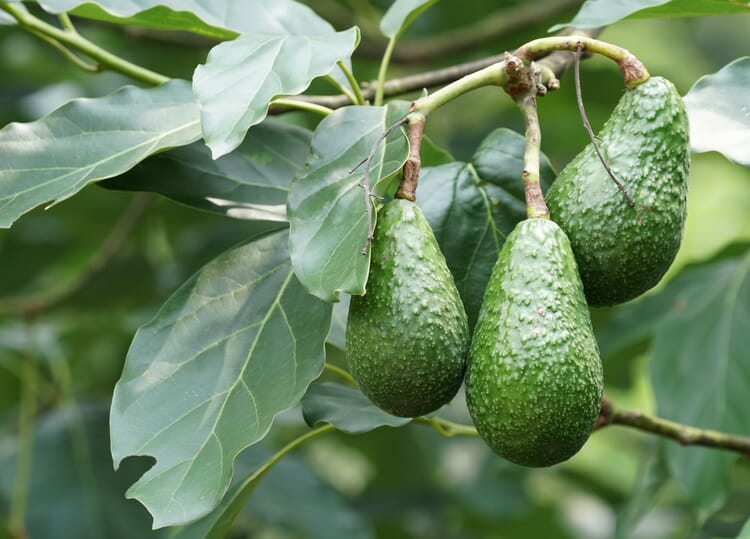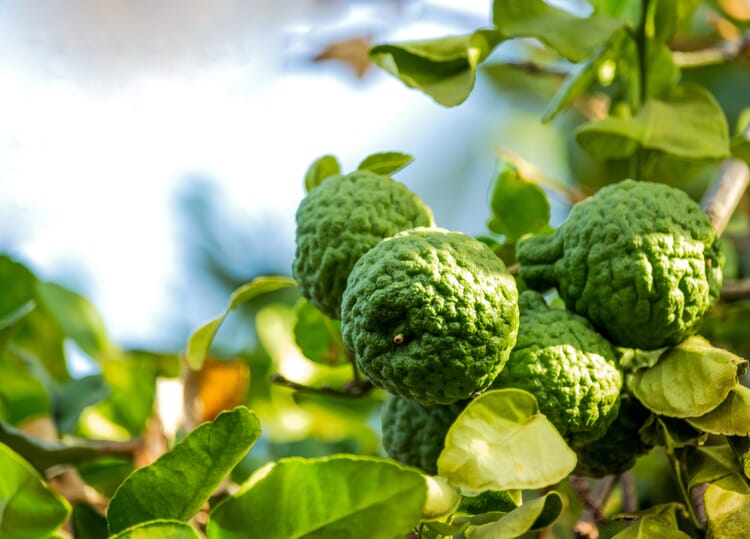Medicinal plants A|B|C
Bay rum tree (Pimenta racemosa)
The evergreen Bay tree grows up to 20 meters high and, as a child of the tropics and subtropics, tolerates neither drought nor temperatures below 5 °C. Its small white flowers give off a spicy fragrance reminiscent of cloves and nutmeg. The leaves also emit this fragrance as soon as their leathery skin is damaged. The bay belongs to the myrtle family, so it is not related to the Mediterranean bay laurel. However, because it is so similar in appearance, the bay is also called "West Indian bay".
Origin and cultivation
Originally, the bay was probably at home on the Caribbean islands, but already in prehistoric times it made the leap to Central America - probably with the help of man. Because of its leaves, which contain up to five percent essential oil, the bay is cultivated in plantations, including in some African and Asian countries. Pruning cultivated trees to four meters makes it easier to harvest the leaves. Especially in the Pacific islands, including Hawaii and Fiji, it runs wild and displaces native species.
Ingredients
The strong, spicy scent of Bay oil is reminiscent of clove oil, responsible for this is the main ingredient eugenol, which is also found in cloves and can make up almost 50 percent of the essential oil. Eugenol inhibits the growth of bacteria, viruses and fungi. In addition, Bay oil has an anti-inflammatory and analgesic effect by influencing messenger substances involved in inflammatory processes and pain perception. Tannins accelerate the healing of small wounds.
Products with Bay
Use of Bay
- The inhabitants of Central America used the leaves to preserve meat and fish and as an antiseptic for minor wounds. Today, bay oil is used to treat tension and sprains and to prevent sore muscles
- In the cosmetics industry, bay oil extracted from the leaves is used as a fragrance component. The scent is pleasantly spicy and masculine-tart. In hair tonics, Bay oil stimulates blood flow to the scalp and is said to promote hair growth. Traditionally, bay oil is dissolved in Jamaican rum, the resulting bay rum is excellent as an aftershave and as a home remedy for various skin irritations.
- Leaves and dried fruits of the bay serve as a spice in Caribbean cuisine.
A close relative of the Bay is the Jamaica pepper Pimenta dioica, whose unripe and dried fruits find use in cooking as allspice.
Exclusive Manufactum body care products
Recommended Topics
The sunny yellow, almost palm-sized flowers of arnica appear from June to August and have the typical structure of a composite flower. The whole plant has glandular hairs and smells aromatic. Originally it was at home everywhere in Europe, Central Asia and North America on nutrient-poor (mountain) meadows and boggy sites. But because there are hardly any unfertilized areas left and arnica was intensively collected for centuries because of its healing power, it has become very rare.
View moreThe avocado tree, which can grow up to 20 meters high, is related to the cinnamon tree and bay laurel and, like these, belongs to the laurel family of plants. It likes it warm and humid and feels comfortable in tropical and subtropical areas. It takes ten years for the avocado tree to bear fruit for the first time; botanically speaking, these are berry fruits. Depending on the variety, they are egg- to pear-shaped. The Aztecs, however, had a different association: their name for the fruit is ahuacatl, meaning testicle.
View moreThe evergreen bergamot originated in the 16th century as a cross between bitter orange and citron. The tree, which can grow up to four meters high, flowers only once a year, unlike other citrus plants. Its fruits are lemon yellow when ripe, about the size of tennis balls and particularly thick-skinned. These fruit shells make the bergamot so sought-after: the valuable bergamot oil is extracted from them by cold pressing - also known as "green gold".
View more


